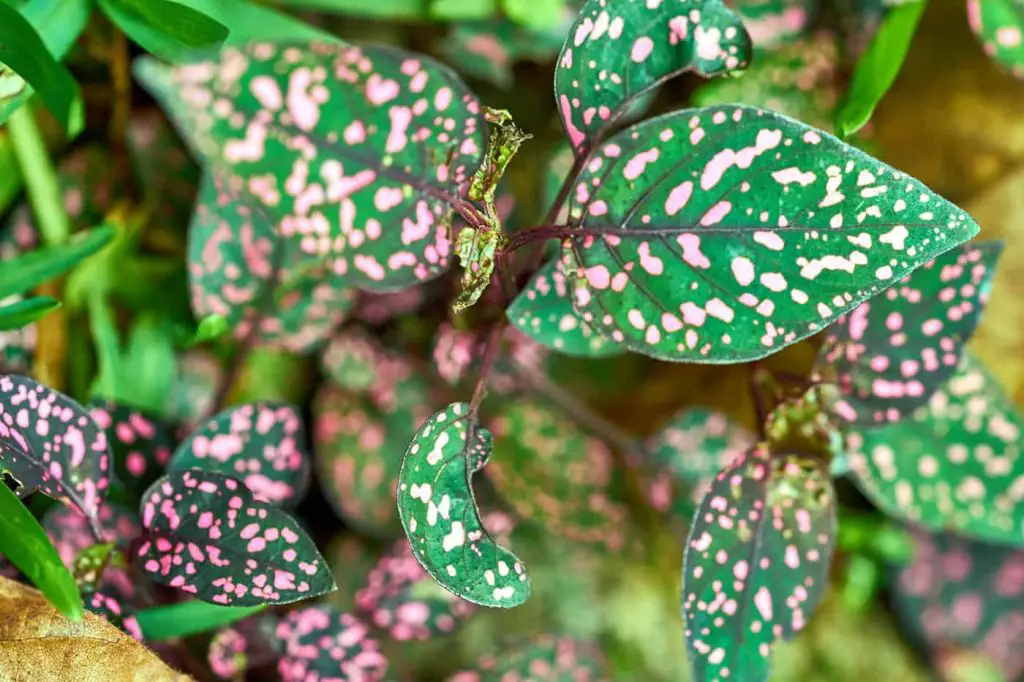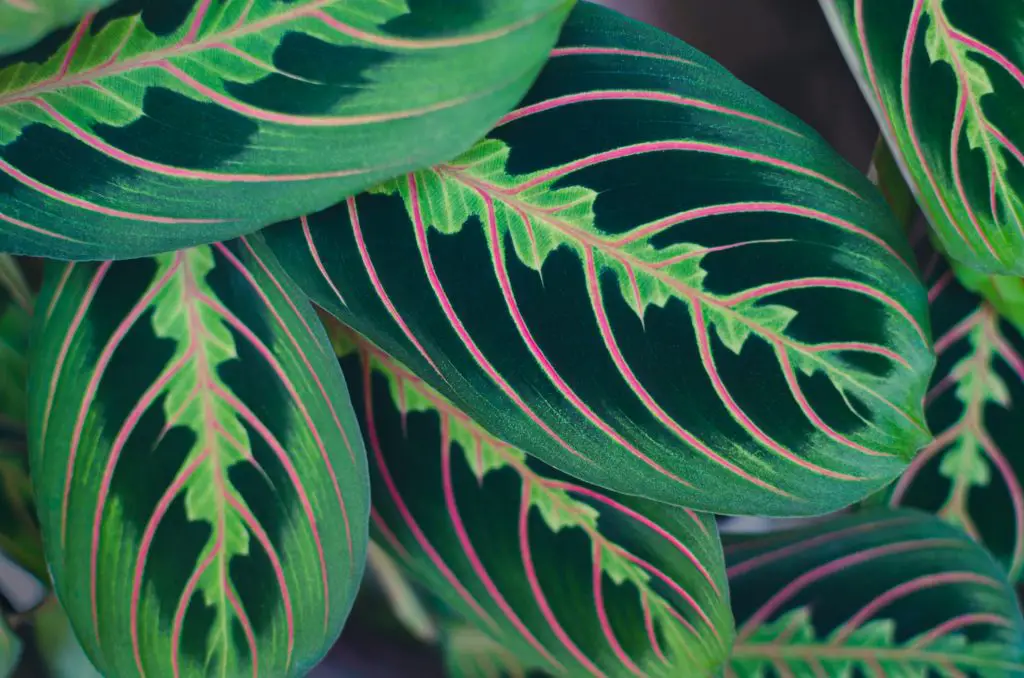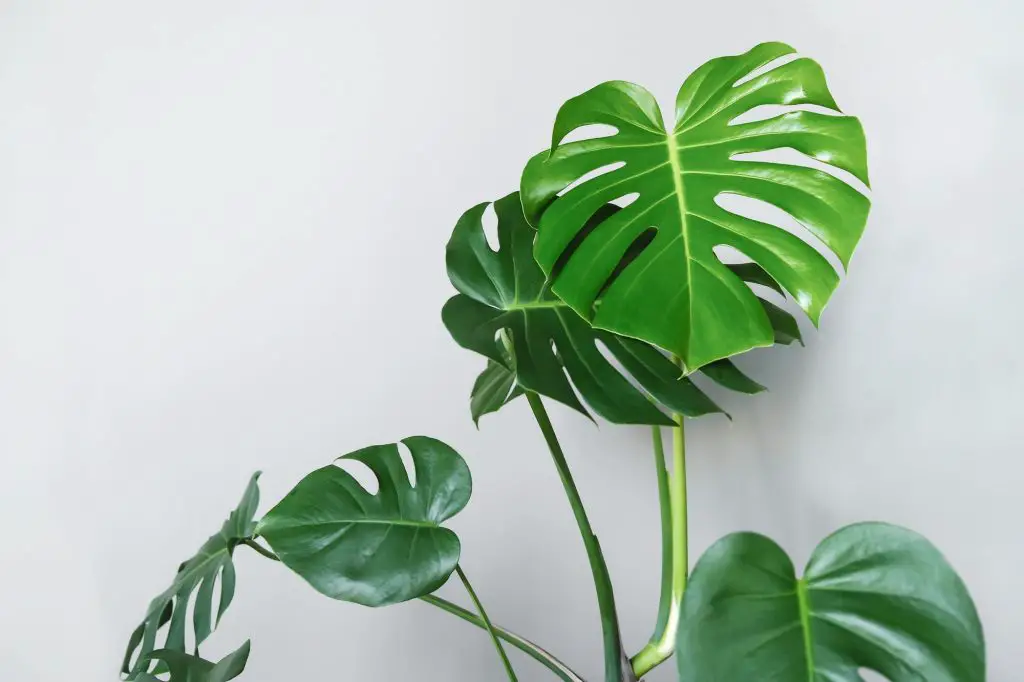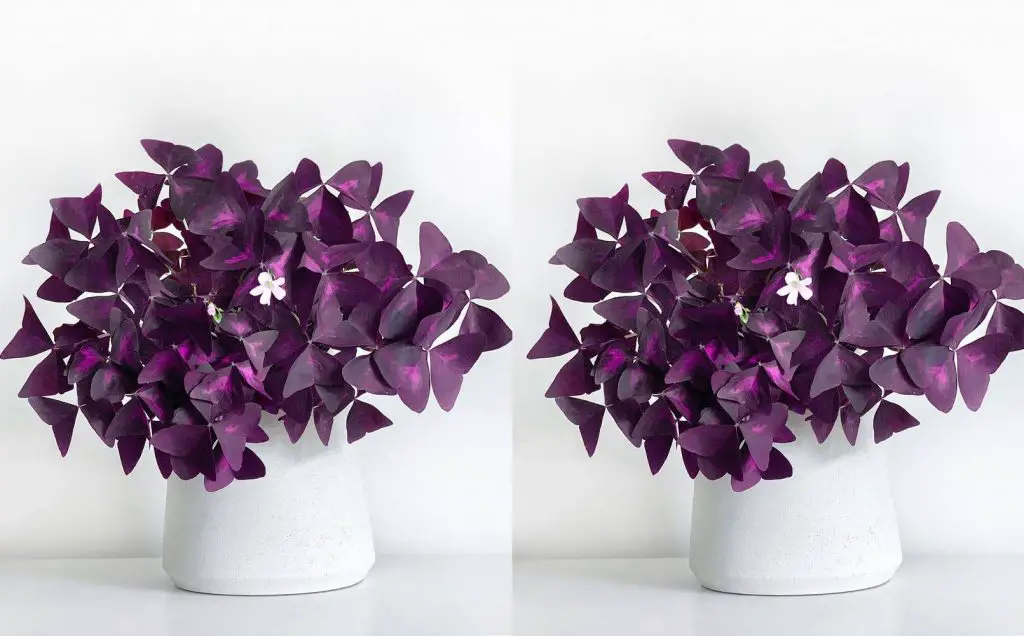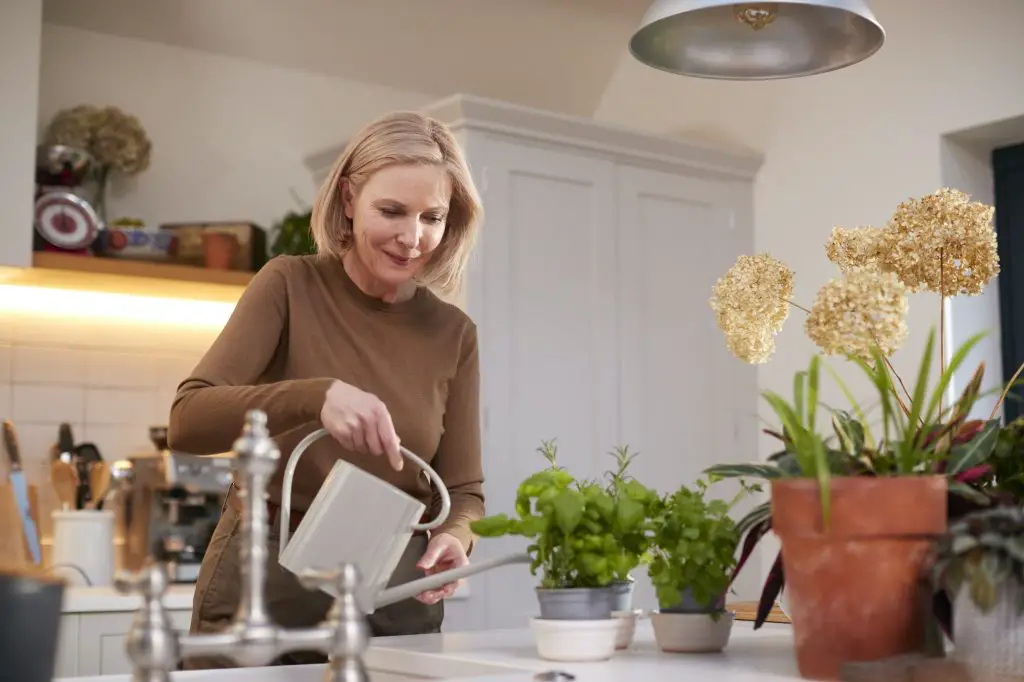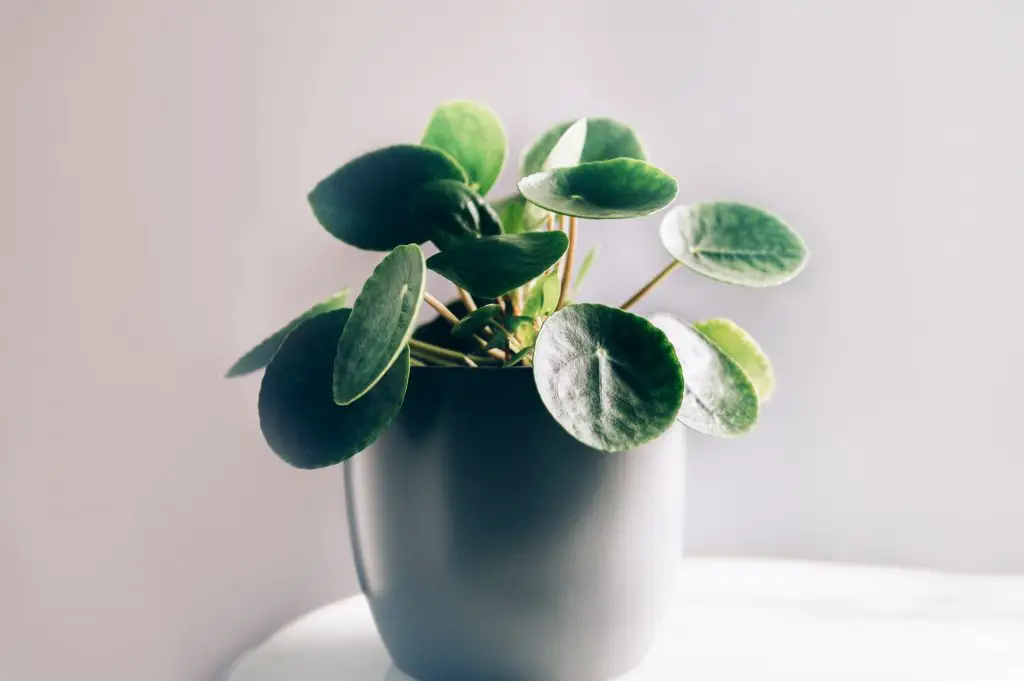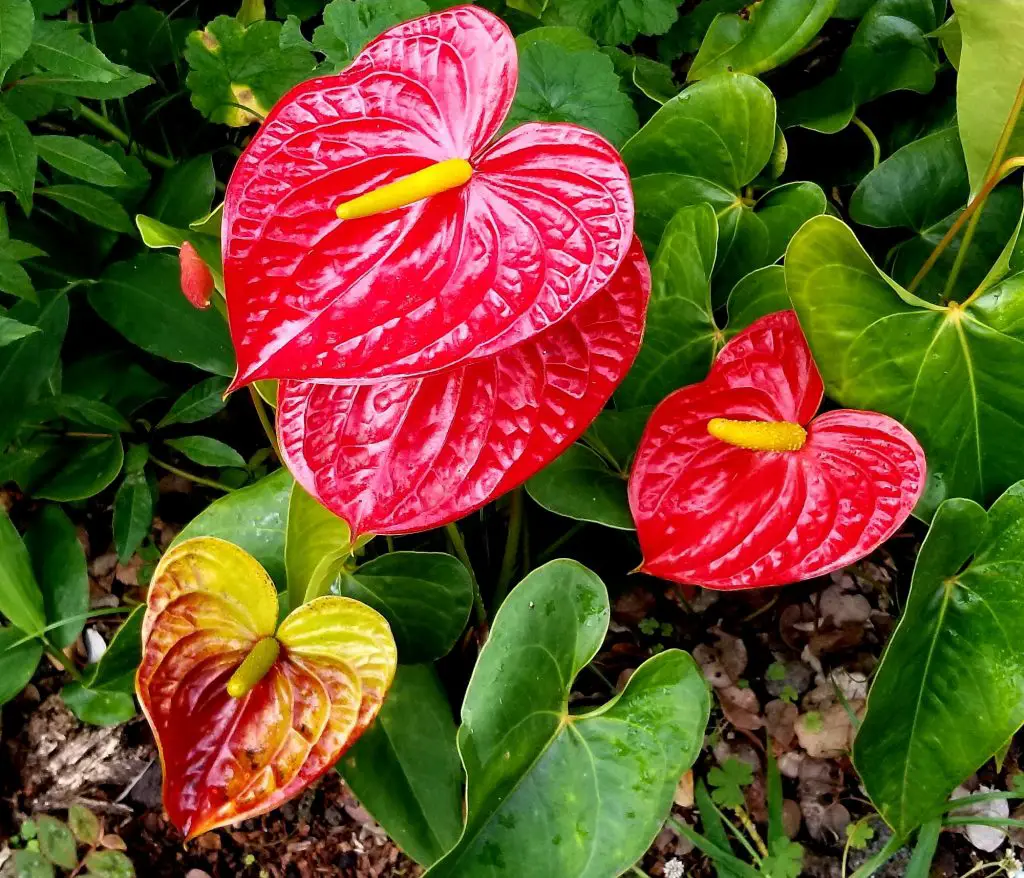Just like the saying “there can never be a wrong time for polka dots”, there cannot be a wrong time to propagate polka dot plants. The exceptional effulgence of this house plant just accentuates the ambiance of your environment.
The polka dot plant is also called the freckle face plant and splash plant because of the distinct dotted designs on the house plant. This plant comes in different colors ranging from red, white, green, purple, and pink depending on the variety of the polka dot plant.
The polka dot plant comes in different varieties. The most prevalent ones are mentioned below along with detailed explanations on how to how to care for them.
Table of Contents
Types of Polka dot plants
Have you tried identifying varieties of polka dots and it has been a hurdle? This article offers information on how to recognize the dominant kinds of polka dot plants and the attractiveness of the various sorts as well as the various hues of patterns that the variations can generate.
The prevalent varieties of polka dots include the following
1. Polka Dot Carmina family
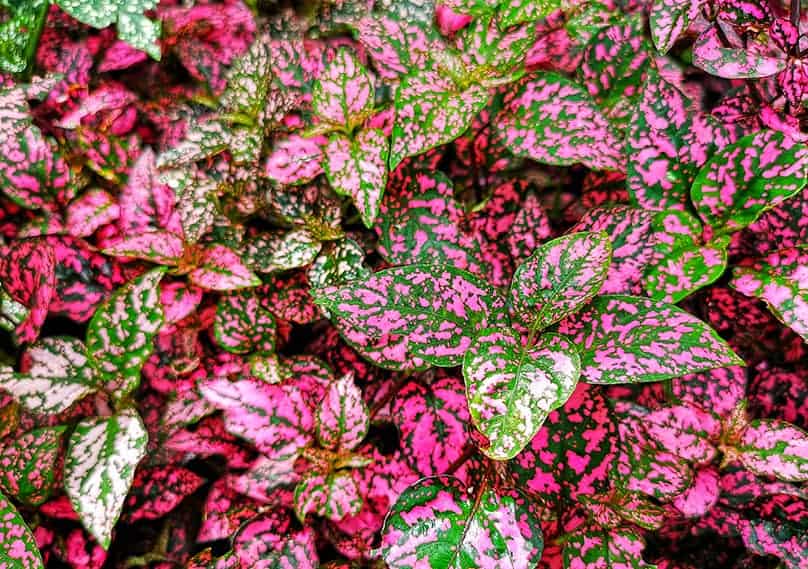
The veined and splotched design of the Carmina is what differentiates it from other polka dot plants. The Carmina polka dot has a veined pattern of two colors. Carmina plants come in pink, red, orange, and white colors. The Carmina plant can grow between 12 to 18 inches in height and 12 to 15 inches apart
- Carmina pink: This variety is marked out with pink and green colors, although, pink is the major color and it is dotted with green.
- Carmina red: The dominant color is the red dot on the green-veined plant.
- Carmina orange: The dominant color is orange dotted with green.
- Carmina white: White dotted with green.
Choose pots or containers that would enhance and compliment the colors of the Carmina polka dot plant. Frequently clean the leaves as this helps in keeping the colors of the plant at their brightest. It blooms between mid-summer and early fall. This plant thrives in regions like California, Louisiana, Nebraska, and Florida
2. Polka Dot Splash
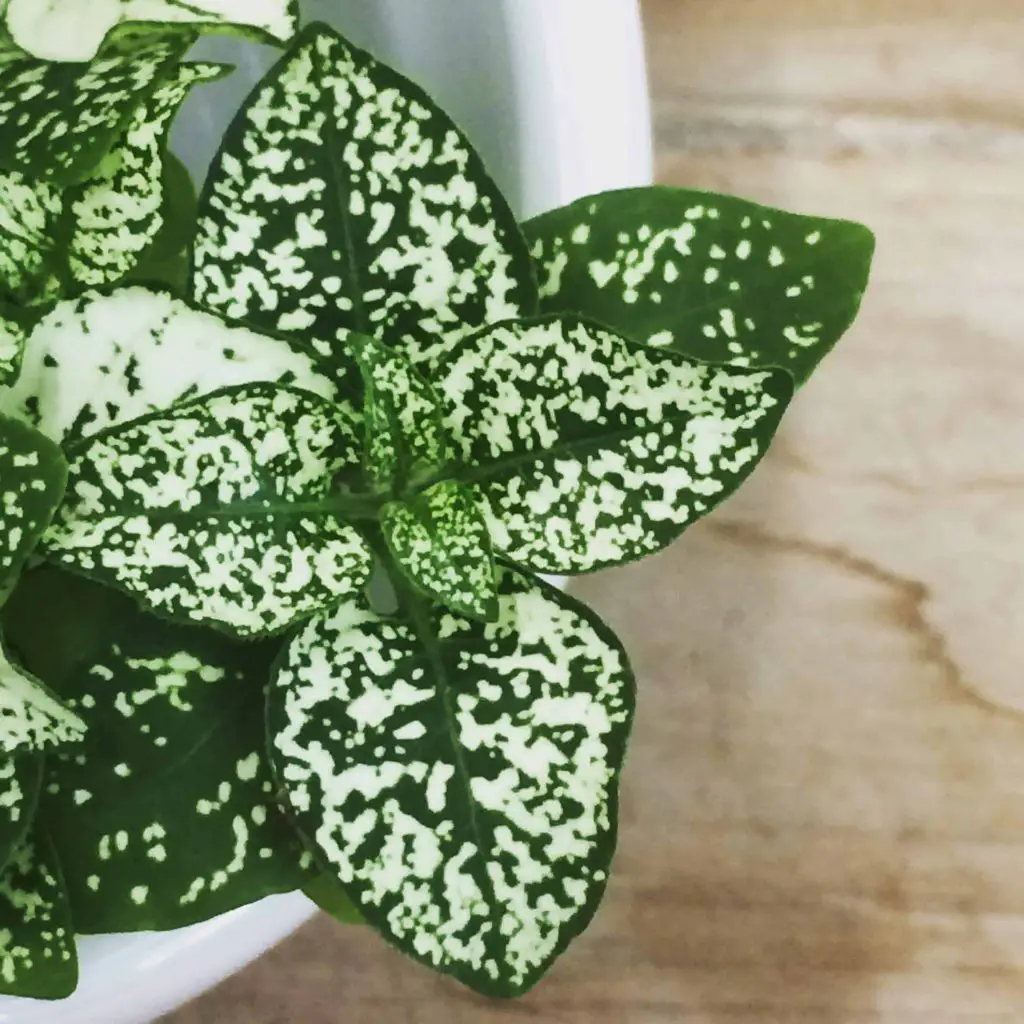
As the name implies, this plant has a splash of different colors plotted out on the green color of the plant. The other colors that are dominant in this type of polka dot plant appear to be smeared on the leaves
- Pink splash: This variety has a splash of bright pink on the green markings of the plant.
- Baby pink splash: It is similar to the pink splash polka dot plant only that the pink color is not as bright as the former.
- Red splash: The prevalent color is red and it is splotched on the green color of the plant. It is one of the most attractive polka dot plants.
- White splash: The dominant color is white and it is splotched on the green markings of the plant.
3. Polka Dot Confetti
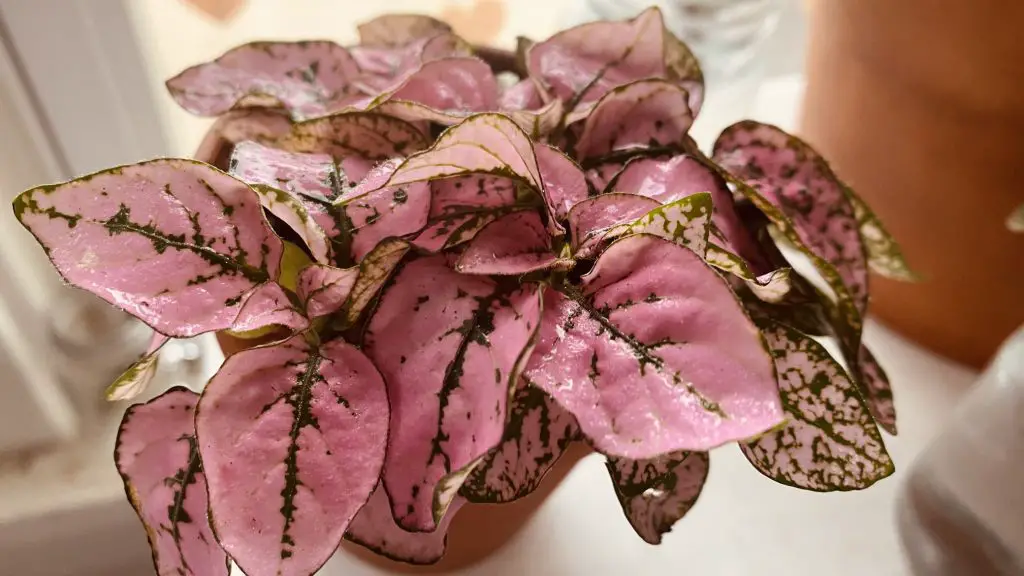
Rosa- Confetti Rosa comes in pink and lavender color. This polka dot plant has pink or lavender dots sparsely distributed on the green leaves.
The sparse distribution of the colors is the highlighting feature of this plant. This variety is smaller than most varieties and grows between 6 to 12 inches in height and 12 to 15 inches apart. The Confetti Rosa plant thrives in regions like Alabama and Arizona. Remember not to overwater as root rot is inevitable
4. Polka Dot Red-dot
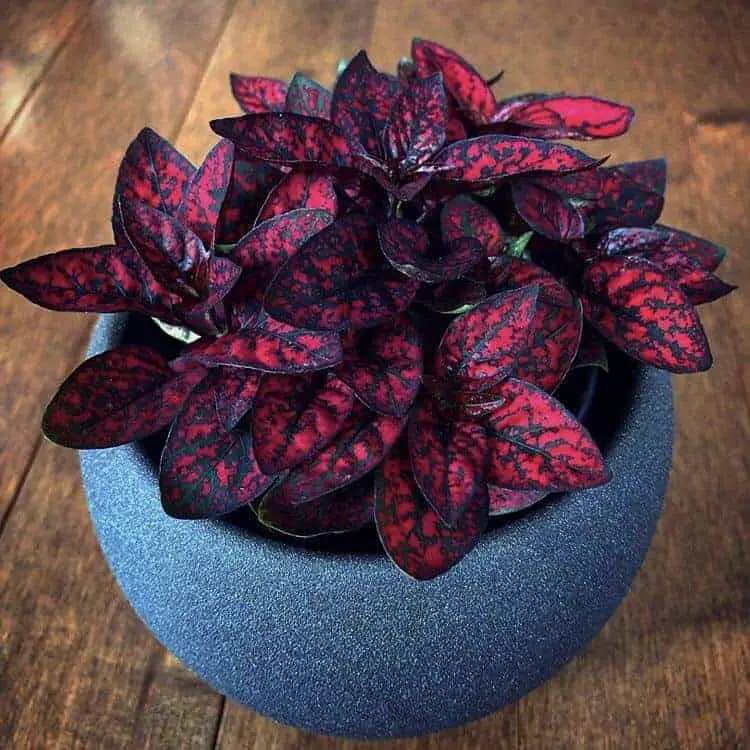
The red dots on the green leaves singles out this particular polka dot plant. Although these plants can be ground-grown, it is better to pot them to prune them into the shape that you desire.
5. Polka Dot Pink-dot Plant
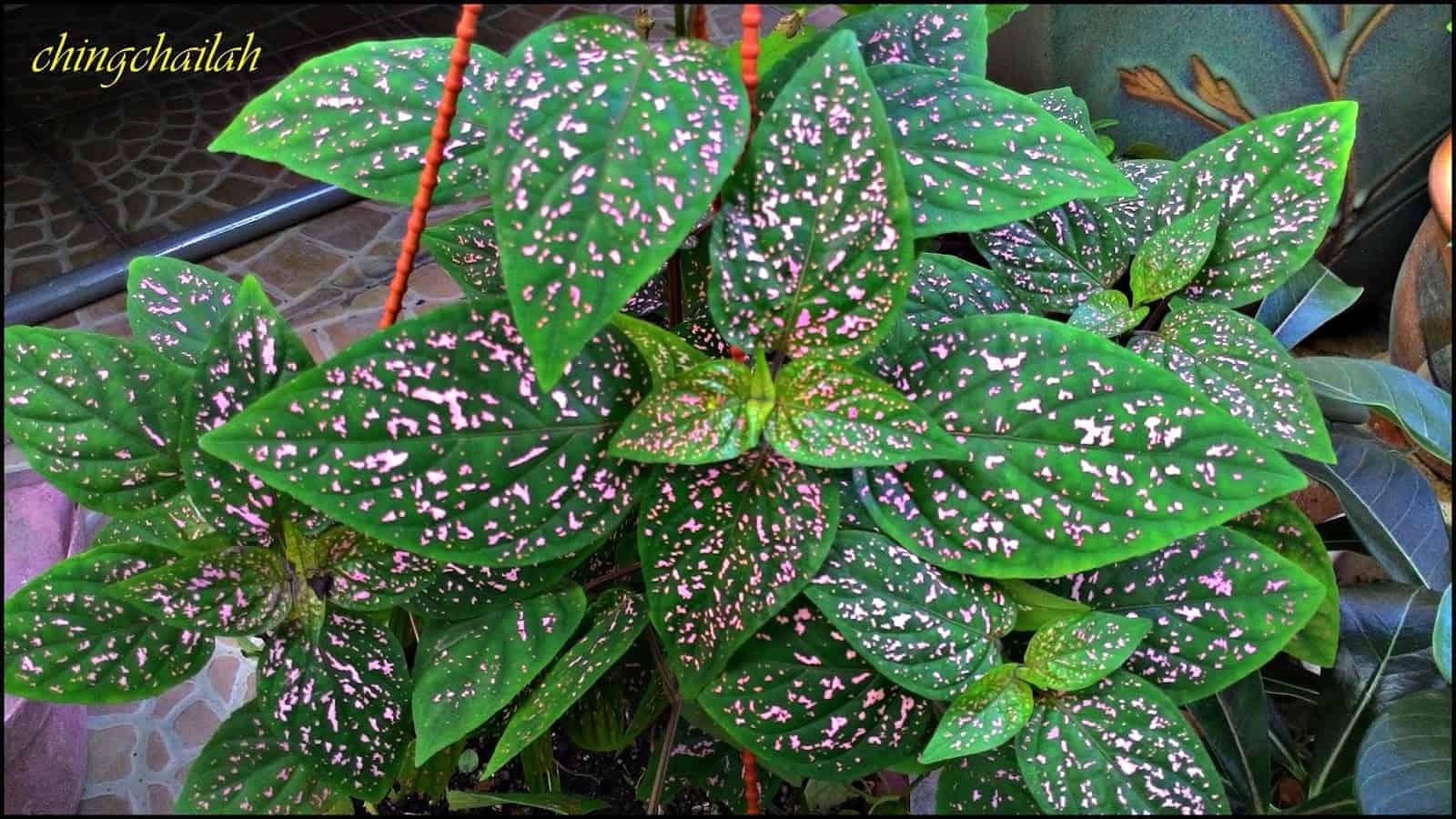
This variety of polka dots has a sparse distribution of pink dots on the plant. Organic soil is best for this variety as it contains all the nutrients required for survival and growth
6. Polka Dot White-dot
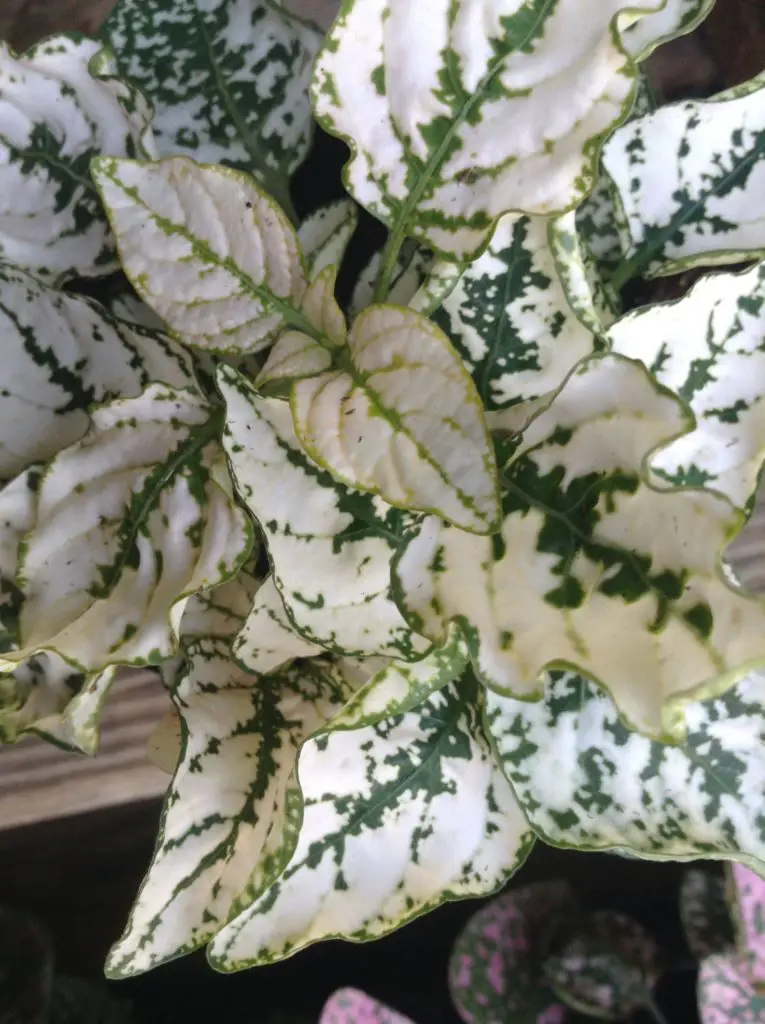
This plant is rather dull compared to the brilliance of other varieties. The plant is dotted with white color on the green leaves. In comparison to other plants, it is not as attractive. Remember to clean the leaves to keep the colors pronounced.
7. Polka Dot Pink Brocade
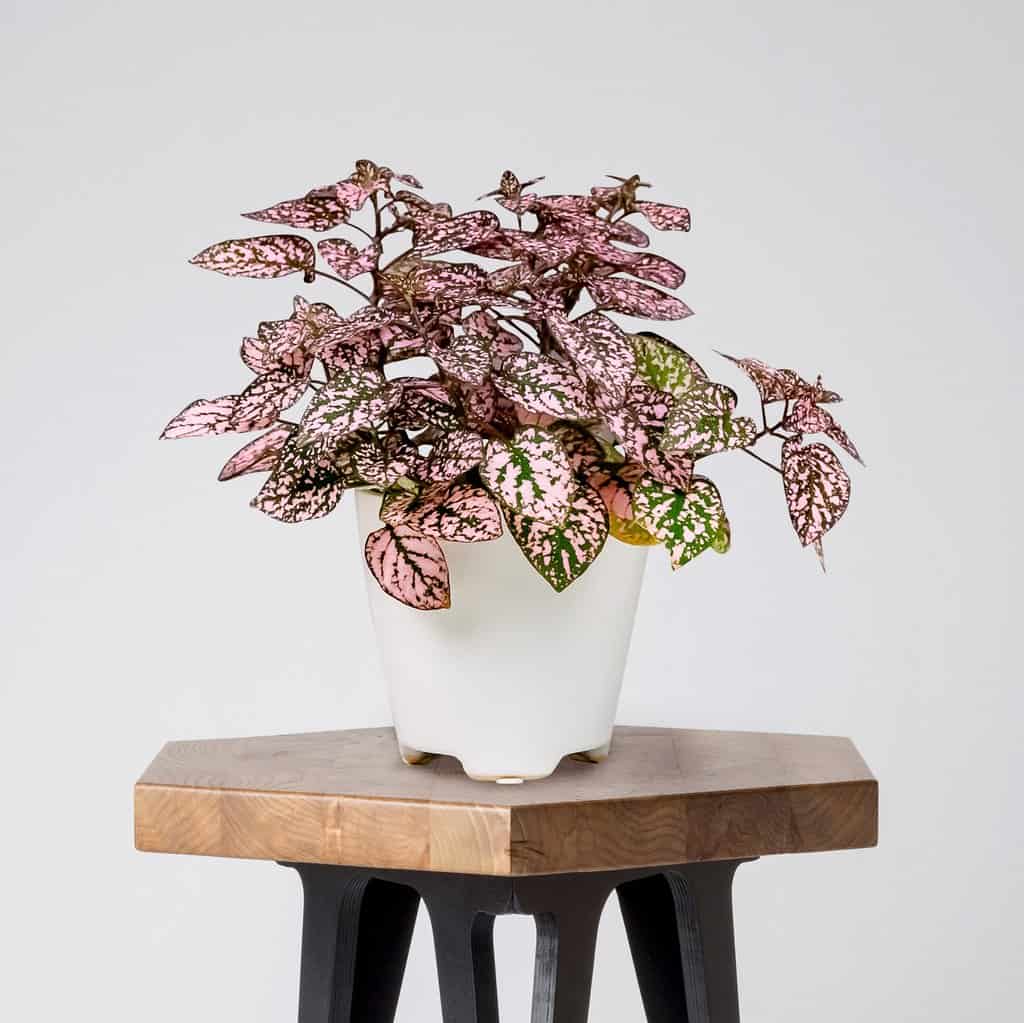
This plant is dominated by pink and green dots which are unevenly spread. The pink color usually outmatches the green. Although the pink brocade and pink dot plants are similar, the difference lies in the fact that the pink brocade has more dots spots than the pink dot plants
8. Polka Dot Darker Rose Spots
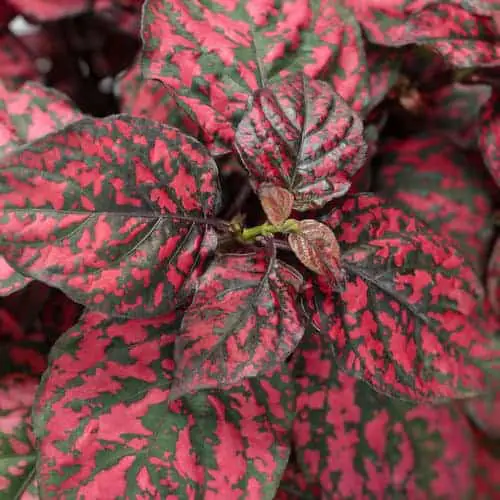
This unique polka dot is conspicuous as the blend of red and black makes it distinct among other polka dot plants. The red dots are splotched on the dark lines of the plant. To most growers, it is the most striking of all types of polka dot plants
How do I care for my polka dot plants?
Most varieties of polka dots are propagated and nurtured the same kind of way. These are the basic steps to nurturing polka dot plants:
1. Plant positioning
Like some other house plants, polka dots thrive in areas where they would receive constant bright but indirect light. Most Polka dot growers grow the plants indoors and this is very suitable for them since they do not do well with direct sunlight.
All you need do is place the container in an area possibly beside the window where the plant could receive an adequate amount of light. Exposure to direct sunlight affects the foliage appearance of the plant if grown outdoors; provide sufficient shade in your Polka dot garden. Adopting artificial lights such as lamps and bulbs would suffice.
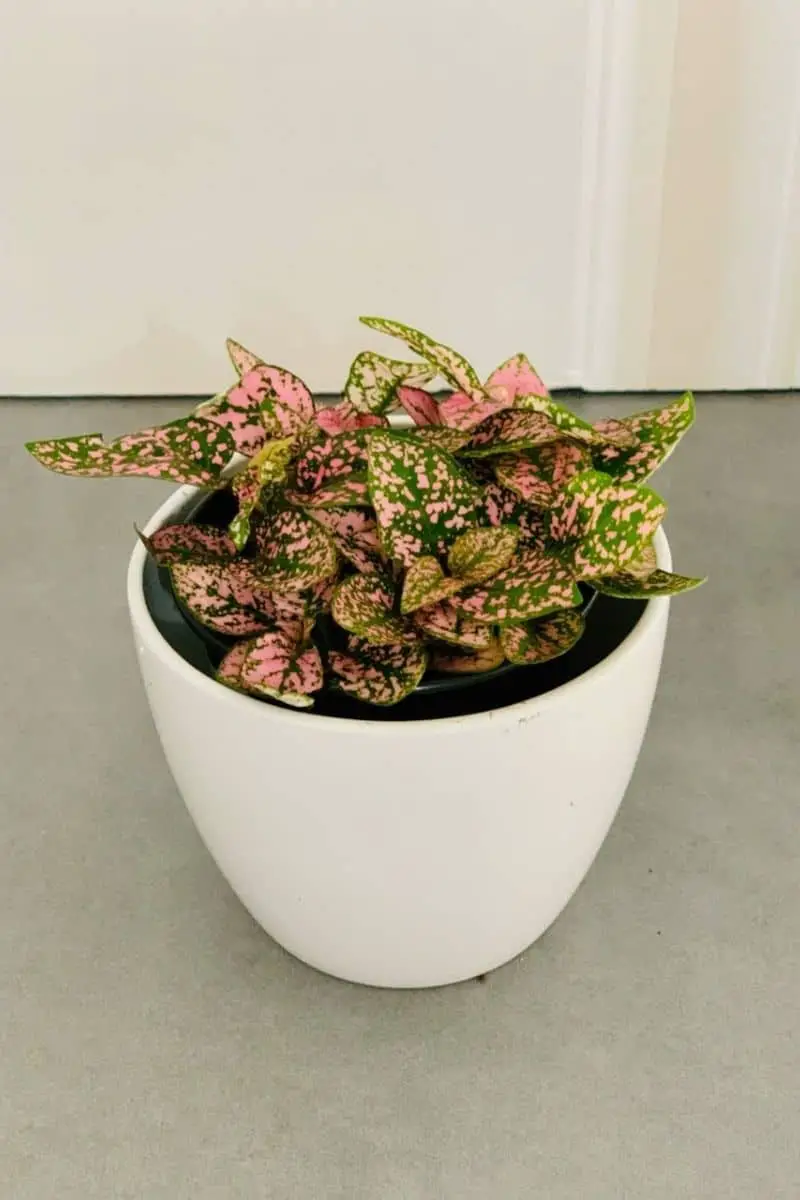
2. Watering
These plants require a constant supply of moisture in the soil. Allowing the soil to dry out will cause a decline process in the growth of the plant. However, never allow the soil to become waterlogged as this leads to root rot and eventually the death of the plant.
Check the moisture level of the soil before and after watering to gauge the amount required. Remember, potted plants require more water than ground-grown plants; this must inform your watering schedule. If your leaves appear droopy, it is an indication they have been deprived of water.
If the leaves appear to be yellow, then it means the plant has been overwatered.
3. Pruning
Pruning enhances the growth of plants and helps them look bushy enhancing their appearance. The beauty of the Polka dot plant is when it is bushy and pruning helps correct the state of leggy plants into attractive and bushy ones.
Strong branches are often produced from the Polka dot plant after pruning. It helps detect and clear off unhealthy portions of the plant too.
4. Fertilizing
Polka dots require just more than a little amount of organic fertilizer. However, apply fertilizers only after a root system has developed in the plant. Your polka dot needs to be fertilized once a month to be provided the adequate amount of nutrients needed to survive.
The best kind of fertilizer is an organic fertilizer with an even ratio in nitrogen-phosphorus-potassium. You may need to look out for these specifications in your next fertilizer purchase. During winter, it is advised you stop fertilizing. Resume fertilizing during spring.
5. Temperature requirements
Polka dots are humid plants and require a humidity level of at least 50 percent. They thrive in moderately warm environments. The humidity level can be boosted by creating a humidity tray by placing pebbles in the tray filled with water then placing a drilled pot on the tray.
Also misting frequently and grouping house plants together helps the plant exchange mixture and enhances humidity level. Move your polka dots indoors during the winter season.
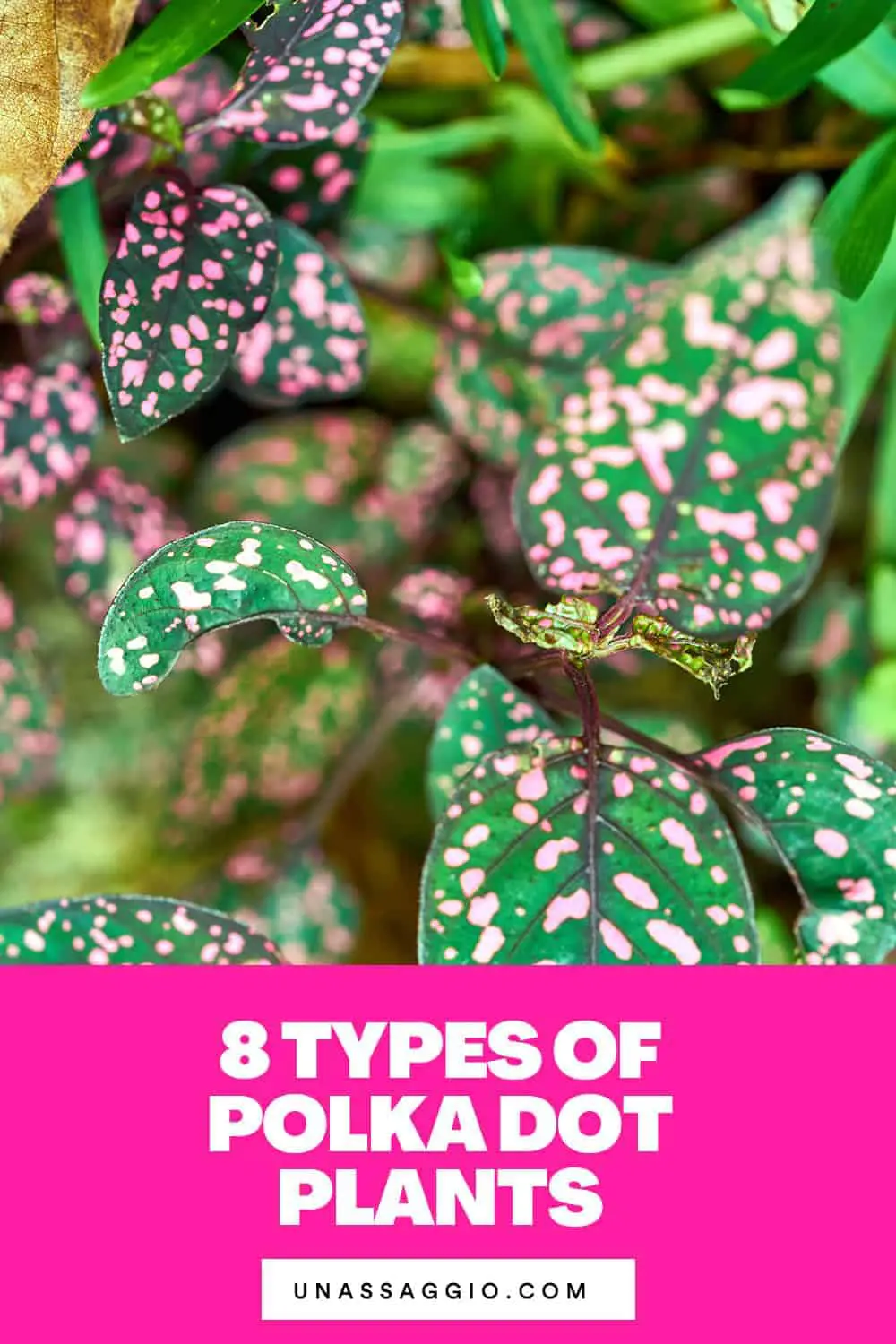
6. Proper soil
The appropriate soil mixture for the Polka dot is organically rich and well-draining soil. Soils that contain a high amount of organic matter from the decomposition of plants, animal materials, and peat moss are best for Polka dot plants.
This organic soil does not contain chemicals and is a storehouse of essential nutrients for your Polka dot plants. These plants cannot thrive in easily waterlogged soils: the soil drainage could be increased with pumice or perlite.
Polka Dot Plant Care Tips
- The basic equipment you need to cater for your polka dot plant include these: water, spray bottle, stones, scissors, fungicides, organic fertilizer, and well-drained soil. Drilled pots or containers
- Mist your plants frequently
- Pinch back early growths to boost growth
- If you notice your Polka dot plants are wilting or turning brown, it could be that it is receiving too much bright. You may need to reposition the plant.
- Do not use a Sulphur based fungicide as they could impede the growth of the plants
- In situations of root rot, replant the Polka dot by changing the soil
- If you observe mildew on the surface of the leaves, spray the leaves with fungicides
- Before fertilizing, check the amount of water needed to dilute water and precautions before use
- Treat infestations upon detection. Watch out for mealybugs, whiteflies, aphids, and scales on your polka dot plants
Conclusion
Selecting the choice of Polka dot is usually dependent on the color specification of the variety of the plant. You may choose your polka dot plant depending on the color and uniqueness it is bound to exude upon growth.
Regardless of the variety of the plant, Polka dots are easy-maintenance house plants and do not require many resources to survive. Grow varieties of Polka dot plants and you would be awed when they bloom. In addition, Polka dots could be grown alongside other house plants to complement the brilliance of the plant.
- Chinese Evergreen Plant: The Complete Growth And Care Guide (2021)
- Christmas Cactus Plant: The Complete Growth And Care Guide (2021)
- Phalaenopsis Orchid Plant: The Complete Growth And Care Guide
- Clivia Plant: The Complete Growth And Care Guide (2021)
- Wandering Jew (Inch Plant): The Complete Growth And Care Guide
- Peace Lily: The Complete Growth And Care Guide (2021)

